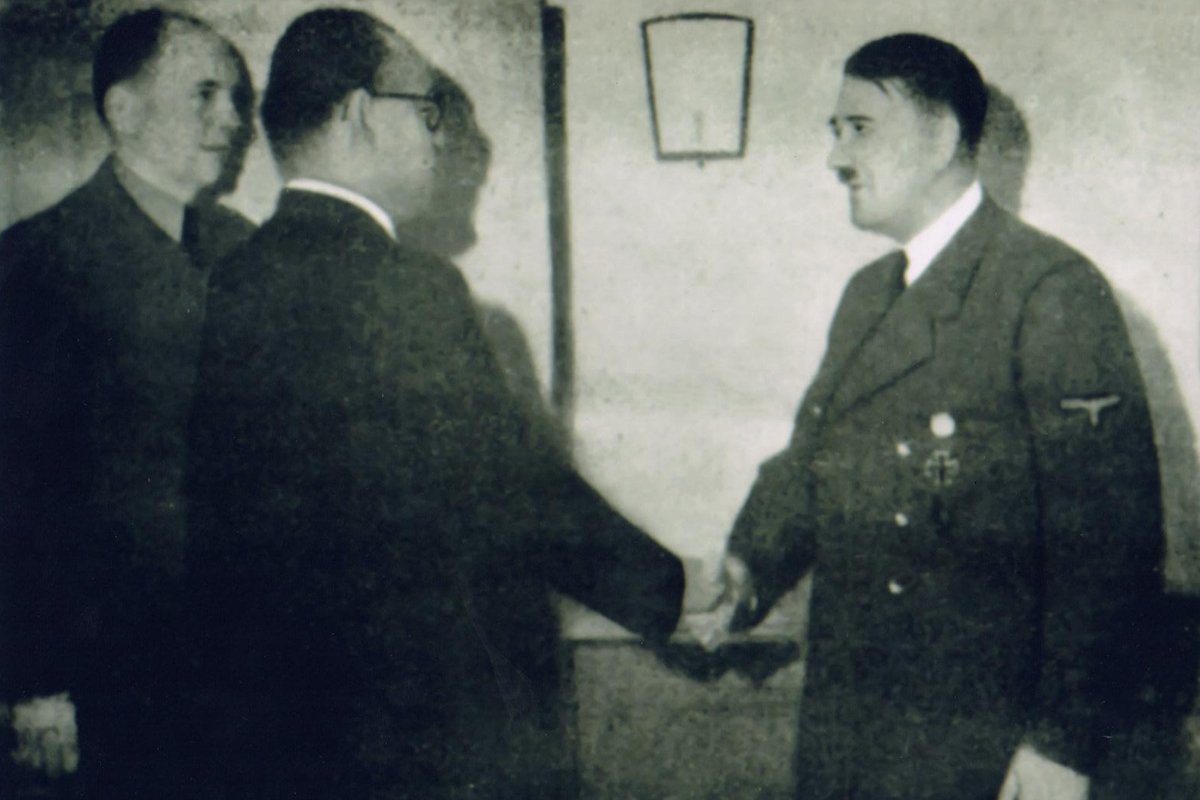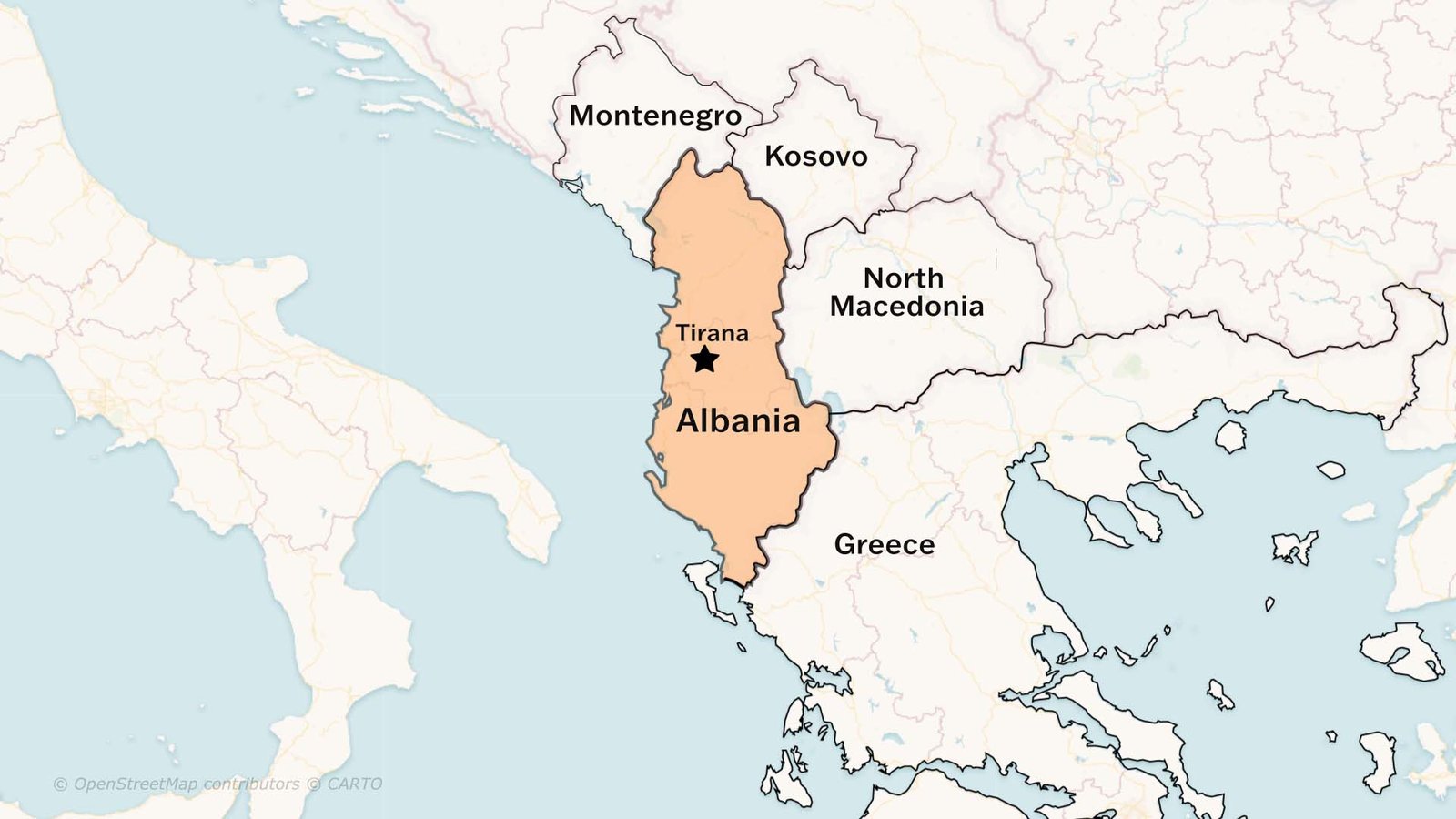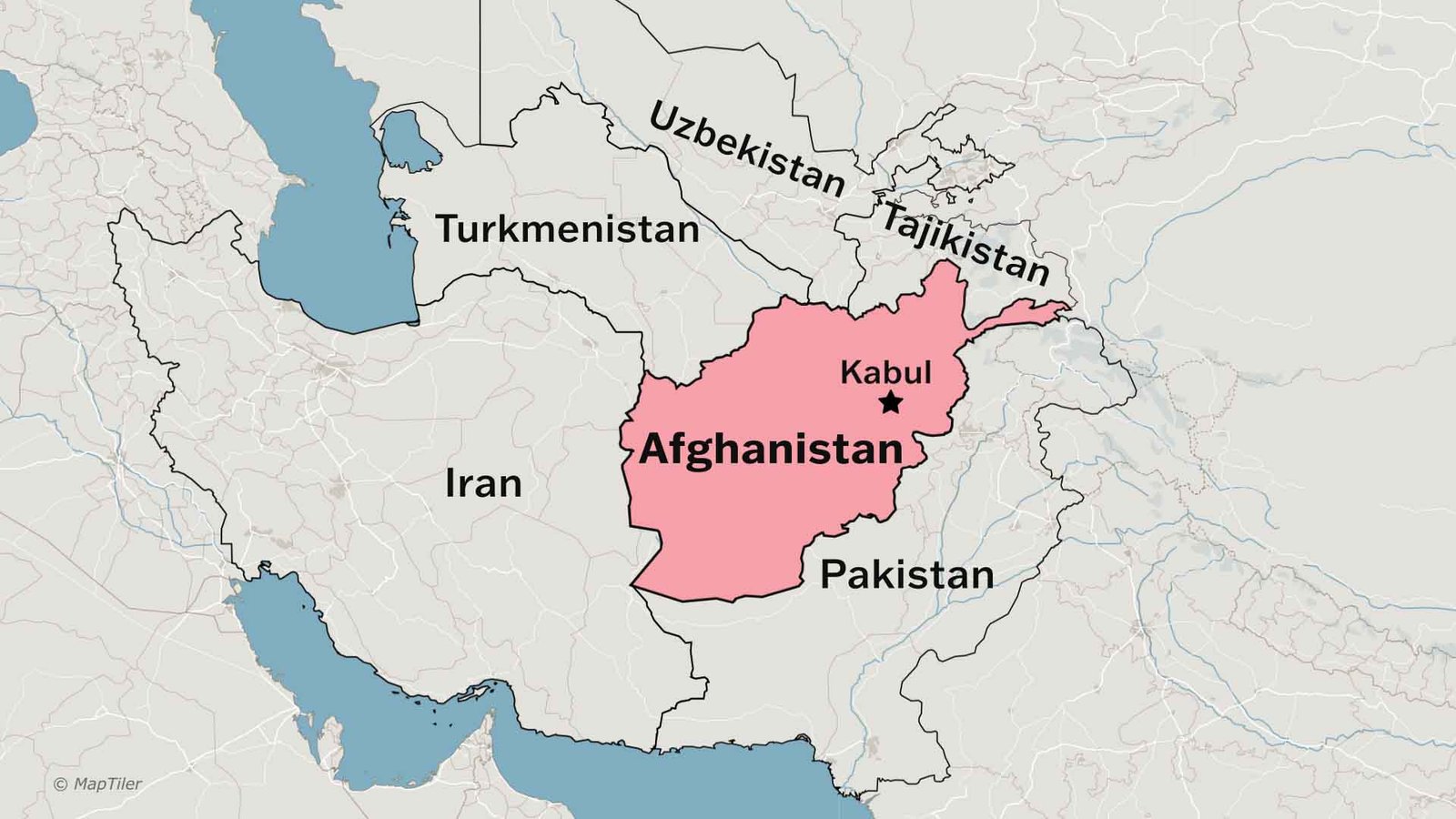History books have used the picture of Netaji Subhash Chandra Bose, an Indian nationalist freedom fighter shaking hands with the Nazi Germany’s dictator Adolf Hitler whenever India and Germany’s relations have featured in the backdrop of World War II as a symbol of support extended by Germans to Indians during the Indian National Struggle and it can’t be further away from facts. It was not a meeting of two national leaders, rather it was a frosty encounter. Netaji spoke very little to his colleagues in Berlin about his unpleasant meeting with Hitler, except that it was not possible to continue a logical dialogue with him. After this episode, Netaji seemed to awaken from his illusion about Hitler and the help he was capable of extending to the Indian freedom struggle.
Nazi Racial Ideology and Its Implications
From 1933 to 1945, Nazi Germany’s government led by Adolf Hitler promoted a nationalism that combined territorial expansion with claims of biological superiority—an “Aryan master race”—and virulent anti-Semitism. Driven by a racist ideology legitimized by German scientists, the Nazis attempted to eliminate all of Europe’s Jews, ultimately killing six million in the Holocaust. Many others also became victims of persecution and murder in the Nazis’ campaign to cleanse German society of individuals viewed as threats to the “health” of the nation.
It is evident from Mein Kampf and Hitler’s speeches that he viewed racial conflict as the determining factor in all of human history. “The racial question gives the key not only to world history, but to all human culture.” Race was not simply a political issue to be used to curry the favor of the masses, but the “granite foundation” of Hitler’s ideology. Hitler’s racial ideology stemmed from what he called “the basic principle of the blood.” This meant that the blood of every person and every race contained the soul of a person and likewise the soul of his race, the Volk. Hitler believed that the Aryan race, to which all “true” Germans belonged, was the race whose blood (soul) was of the highest degree. God Himself had, in fact, created the Aryans as the most perfect men, both physically and spiritually. According to Hitler, people belonging to the Nordic race are the only racially pure descendants of the Aryan race. They are well-built, tall, blue-eyed and blond-haired. They belong to the master race and have the authority to rule the world and subjugate and exterminate people of low race, like Jews, and in extension, Indians.
Indians in Nazi Germany
Hitler had little or no respect for the present-day Indians and considered them as untermensch (German for sub-human) along with Jews. He believed that India served as a mixing ground for Aryans and non-Aryans. Indians were unable to maintain their racial purity and hence deserved no respect. They were only half-Aryans and could not be compared to pure blooded Nordic, whom he considered the best of mankind. He expressed his contempt towards Indians for mixing with filthy and uncivilized Mongoloids and Negroids.
Indians in Nazi Germany were initially assured that they would be allowed to carry on skilled work, in factories, in shops and so on. But one by one all the avenues were cut off, and many Indians were randomly picked up off the streets or from their houses and detained without charges. AG Tendulkar even married Thea von Harbou, who wrote the famous movie Metropolis. But the Nazis eventually forced Tendulkar to leave Germany. So you can say that by the late 1930s, no Indian, privileged or not, was safe or welcome in Germany. There are several isolated incidents about Indians bearing the brunt of Nazi persecution.
Hitler’s Views on the Indian Freedom Struggle
When Otto Strasser, a close aide of Hitler, published in his newspaper to support the Indian national Movement, Hitler then criticised the Indian freedom struggle as a rebellion of the “lower Indian race against the superior English Nordic race”. He believed that the British were free to use violence to suppress any actions of resistance, as they belonged to the superior Nordic race. “Inferior Asiatic jugglers”, was the term used by Hitler himself during his meeting with Viceroy Lord Halifax.
He considered the two-hundred-year-old British rule of India as an exemplary example of the rule of the dominant race over the low and inferior race. Hitler’s view of India was shaped by another Briton, a political philosopher called Houston Chamberlain. Hitler acknowledged India’s might, but in his own unique way. For him, India was one of the most resourceful lands on earth, and Britain’s rule over India was a textbook example of governance. That’s how he wanted to govern Russia.
Once Hitler made his racist views clear before the world, through his words as well his policies, people like anthropologist Irawati Karve and many others were vocal in their opposition.
In 1942, Hitler met the Indian freedom fighter and leader of the Indian National Army, Subhas Chandra Bose. Bose wanted Hitler’s help in staging a revolution in India, even though he was among the first Indian leaders to condemn Hitler’s views on India and its freedom struggle. His plan of action included distracting the colonial power with an uprising at home – this would weaken British forces in its war against Germany. According to Bose’s calculation, Germany, because of its military superiority, would defeat Britain and the domino effect would liberate India too. Hitler, however, refused to help Netaji.
In his biography, Hitler wrote that it would be better for India to remain under British domination. Bose’s plan did not fall into place. The Germans, however, did help Bose in escaping to Japan for their own benefit.
In the early part of the 1930s, there wasn’t widespread awareness about Hitler’s ideas about India, or about his ‘superior race’ fixation in general. People in India wanted to give him the benefit of the doubt, not least because he was seen as someone powerful enough to potentially help the Indian struggle for independence. Therefore, certain leaders and students at the Calcutta University (who were already looking for foreign assistance against the British) thought Hitler has some unfortunate misconceptions about India, but once we remove those,e he can be a friend to the Indians.
Indian Response to Hitler’s Ideology
Mahatma Gandhi made fervent appeals for peace in the run-up to World War II and during the course of it in numerous letters to world leaders, including one to Adolf Hitler eight days before Germany invaded Poland on September 1, 1939. Post Germany’s occupation of Czechoslovakia. Gandhi wrote he was appealing for the sake of humanity, for whatever it may be worth appealing, “the one person in the world who can prevent a war”. Hitler wasn’t an admirer of Gandhi or his philosophy of non-violence which was polar opposite of his own ideology of ethnic cleansing.
Hitler’s hatred is evident from the remark he once made,
‘The Indians can think themselves lucky that we do not rule India. We should make their lives a misery!’ – Adolf Hitler in 1942

Read more: Why was Warren Hastings impeached?








